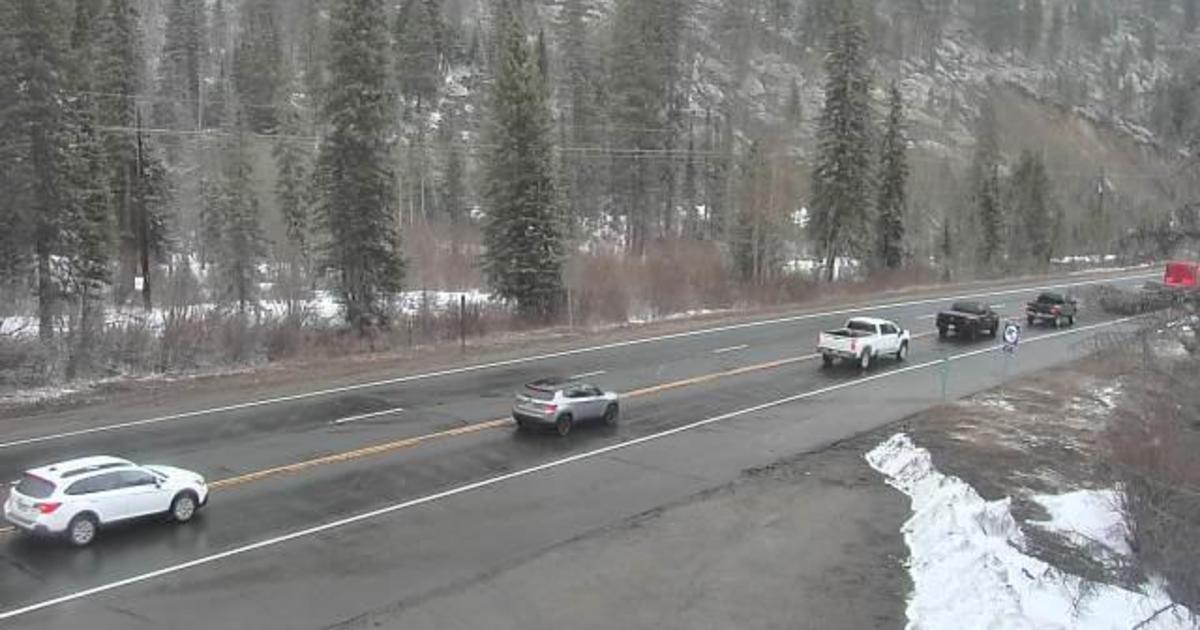Why Colorado Roads Buckle Under Extreme Heat
CASTLE ROCK, Colo. (CBS4) - It was so hot this week in Colorado that roads buckled. How common is that and why does it happen? It's not as common as you might think. Plum Creek Parkway in Castle Rock fell victim to the heat earlier this week. It's maintained by the town of Castle Rock.
The road looked like a mini earthquake, but the source came from above, not below. The intense heat is so strong it sometimes turns Colorado's roads into obstacle courses.
Why is that? CBS4 asked the Colorado Department of Transportation's Chief Engineer, Stephen Harelson, who explained, "What happens is the concrete heats up and it expands and we put little joints in it, so it's like a tile floor that we are standing on."
Harelson's interview with CBS4 was inside, but the crews who are dispatched to fix the roads are not so fortunate. Harelson said these calls don't happen often.
"It's very rare. We have millions of these concrete joints and it makes the news when one of two of them buckles in heat waves like we've got," he said.
Roads buckled due to heat on Monday in Castle Rock and two years go on Parker Road. Harelson says the shift in temperature makes Colorado roads more susceptible to heat-related damage.
"Colorado has a very tough climate, five months ago it was 20 below zero in parts of the state and now it's around 100, so a temperature of 120 degrees," he said.
Other states may be hotter, but they can design their roads for that weather only. It's not one size fits all. Harelson has three important bits of advice for his crews on the roads, "Stay hydrated, stay hydrated, stay hydrated."






